Ritchey Design 700 X 40mm Speedmax WCS Tires: At The Finish – by Guitar Ted
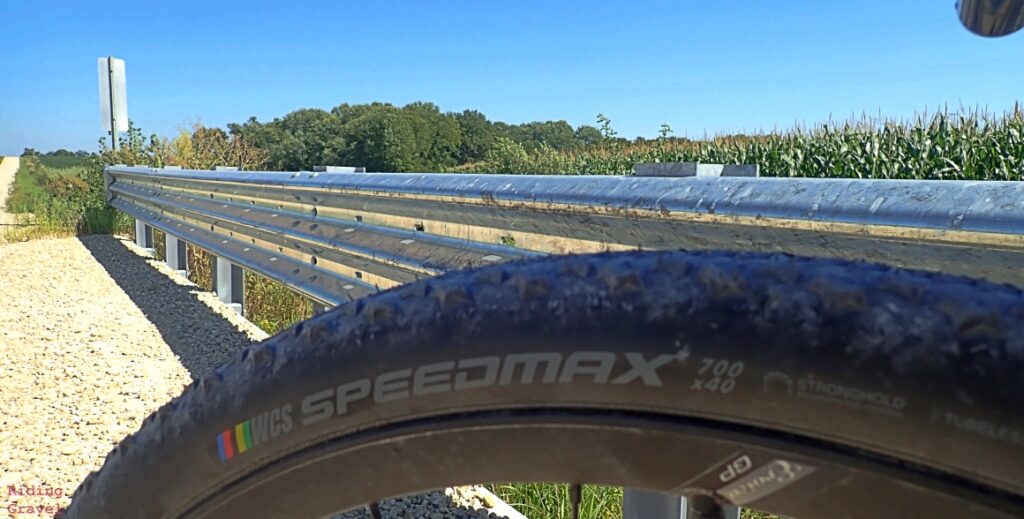
The time has arrived to put this review of the Speedmax WCS tires to bed. I have been riding these tires all Summer long and in this final update, I will address the Speedmax’s ability to tackle dirt and give my final verdict on the tire overall. You can go back and read my “Checkpoint” update here.
The only unanswered question I had after the mid-term update was about how the Speedmax WCS might do on dirt. So, I found a ribbon of local single track and headed out to test this tire against the twisties. My feeling going in was that this tire comes from a dirt-based background, and that the Speedmax WCS should prove out to handle single track well.
My expectations were definitely met. The Speedmax WCS’s flattish crown and side knobs really helped with cornering and I was able to fly around tight turns with about the same velocity as I might with a 29″er 2.2″er tire. The grip level on our mostly buff, black dirt was really good. But I was surprised by one thing the Speedmax WCS did, and that was how it handled trail obstacles, specifically roots.
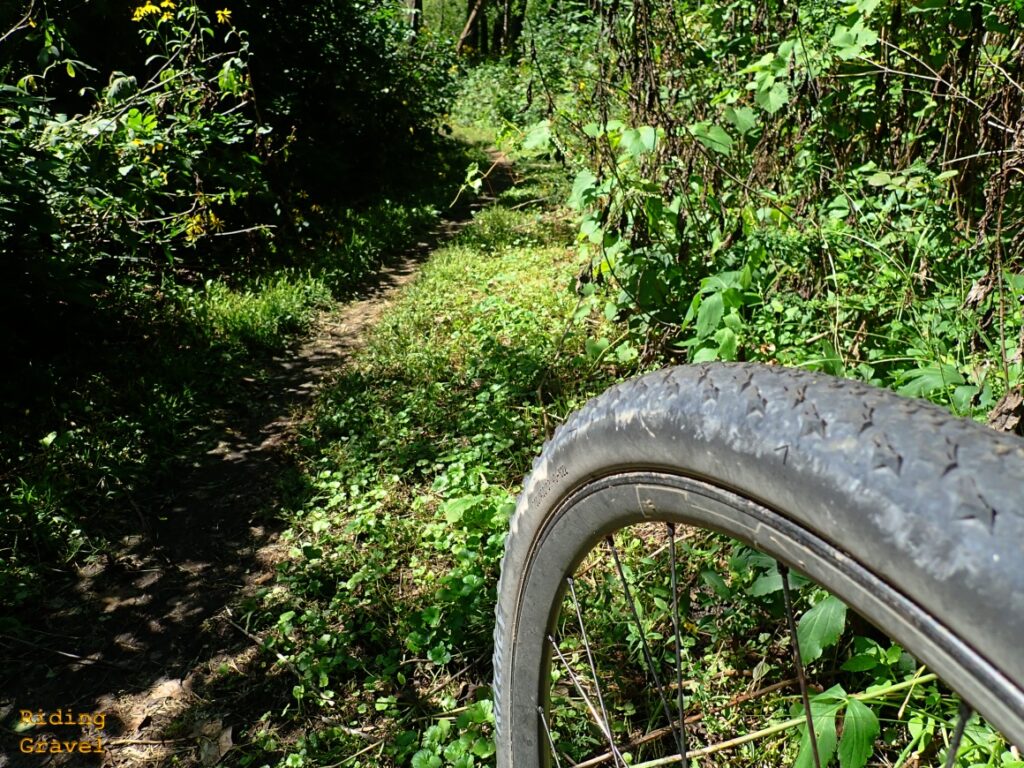
The casing seemed to absorb the exposed roots well, and I was surprised that I had no rim strikes. I wasn’t running any lower pressures than I would have for gravel, by the way, and I wouldn’t think one would need to do that either. In fact, it probably would decrease the performance of this particular tire.
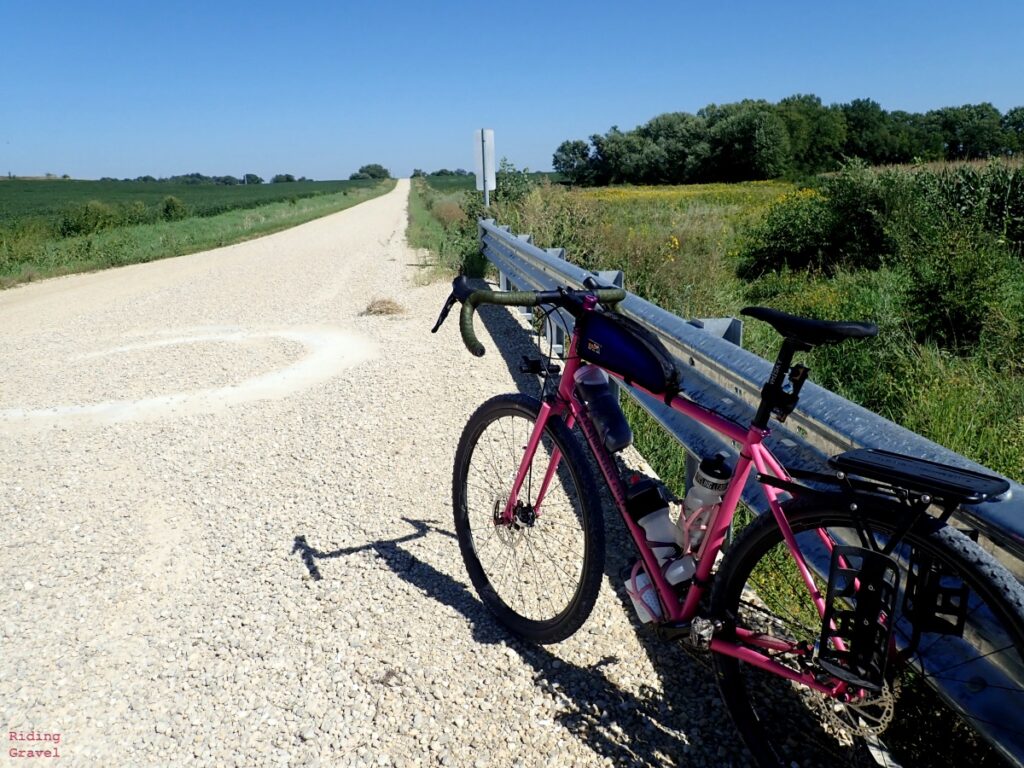
The reason I feel that way about the Speedmax WCS is because of the previously mentioned flatter crown. This tire looks squared-off from the saddle, looking down on it, and lower pressure just puts more of that tread face down on the ground. That may seem good, but there are diminishing returns in the form of self-steer up front and lowered rolling resistance that I did not like at all. The Speedmmax WCS is very sensitive to air pressure adjustments and going a few psi lower might be all it takes to drop this tire from “pretty dang good” to awful in a hurry.
Back on harder surfaces, air pressure is also critical with this tire. I found that a higher than normal for me pressure made the tire work better. Much like a deeply treaded MTB tire, the Speedmax WCS will squirm and feel draggy on hard pack and pavement climbs if the pressures are set at your normal settings. I had to bump up a few PSI to get that flatter tread face to round up a hair and then I was happier.
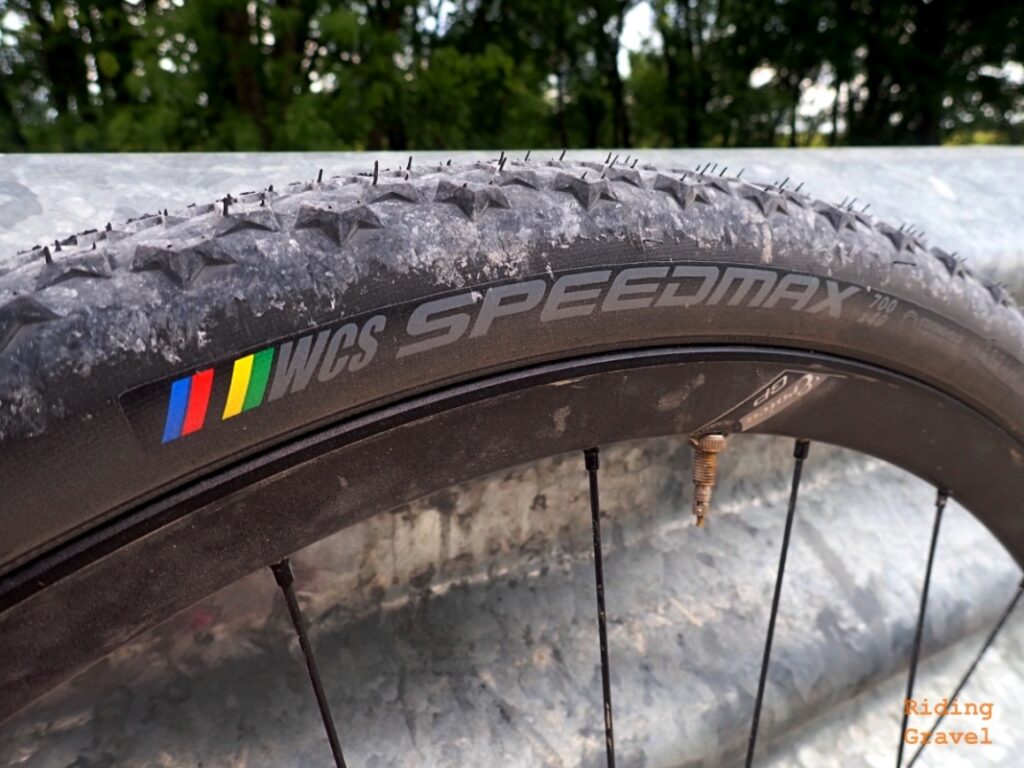
At The Finish: I found that the Speedmax tires were good in several areas. Traction is off the charts for such a tire, and grip on dirt corners is really quite surprising. Stability on deep, thick gravel was great. However; this comes at a penalty in rolling resistance, to a degree. That and the shape of the tire’s profile as it hits the ground means that air pressure settings are more critical with this tire than with others. Get it wrong- even by a few psi- and this tire will not work well.
The Speedmax WCS was tough and damped out roots and big, chunky loose gravel very well. The casing was not overly stiff, so on harder surfaces I felt that the tire was “normal” in ride feel. I did not notice any accelerated wear nor anything to give me pause for worry in terms of punctures or cuts.
This tire seems to me to be the “mountain biker’s gravel tire“. A tire for rougher adventures, dirt roads, mountains, and even light single track. It is grippy, tough, handles obstacles with a nice, damped feel, and out-performs in off road trail conditions for a tire its size. Which, by the way, is bigger than it is listed at. This is really a 700 X 44mm tire with a decent amount of volume to it.
Avoid the Speedmax WCS if you are on more pavement, or hard surfaced roads than you are on dirt and loose crushed rock. Consider this tire strongly for your MTB-ish, “under-biking” excursions, if that’s your bag. And mind that air pressure. If you do, you will be rewarded.
For more details on the WCS Speedmax tires, see this link: https://ritcheylogic.com/bike/tires/speedmax-tire
Note: Ritchey Design sent over the 700 X 40mm Speedmax WCS tires to Riding Gravel for test and review at no charge. We were not paid, nor bribed for this review and we always strive to give you our honest thoughts and opinions throughout.


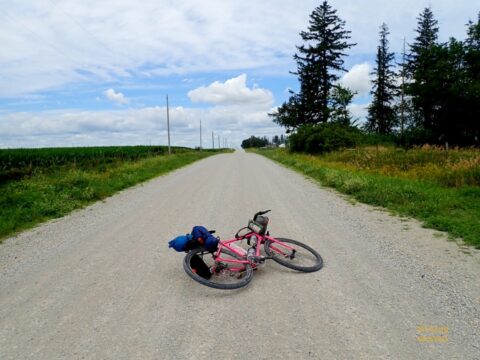
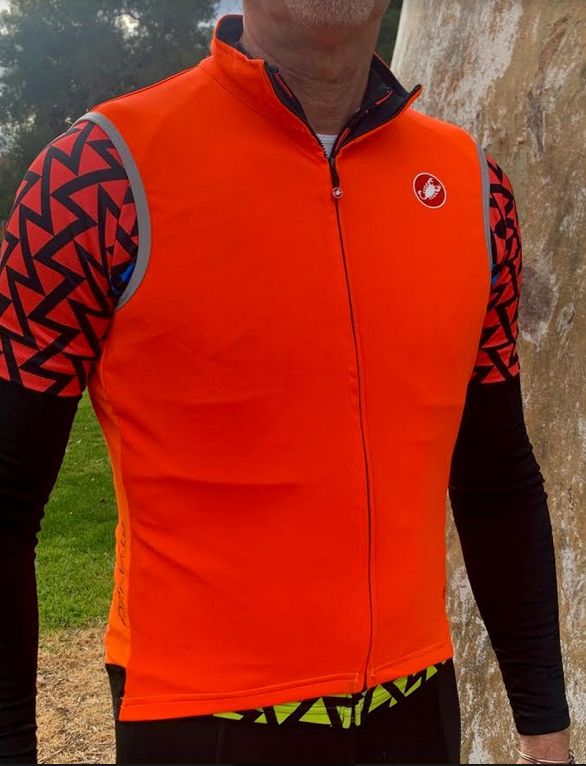
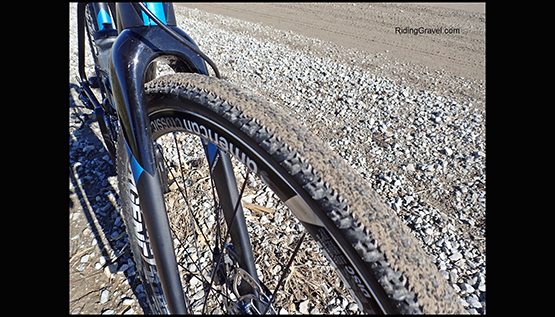

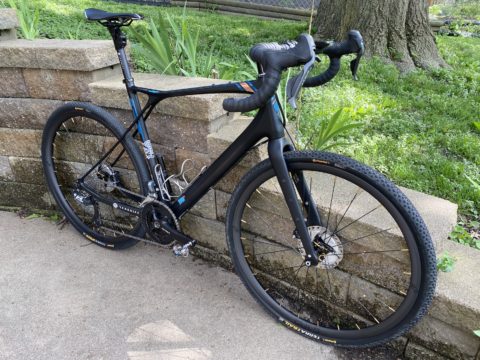
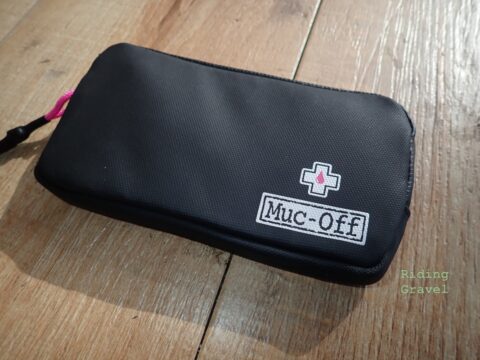
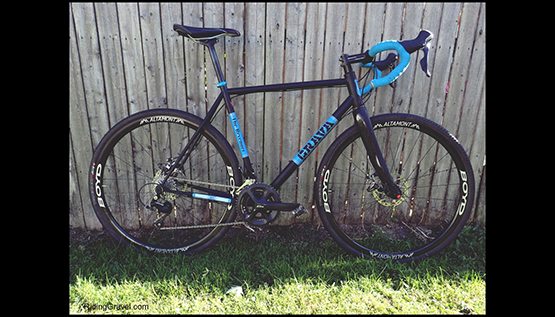
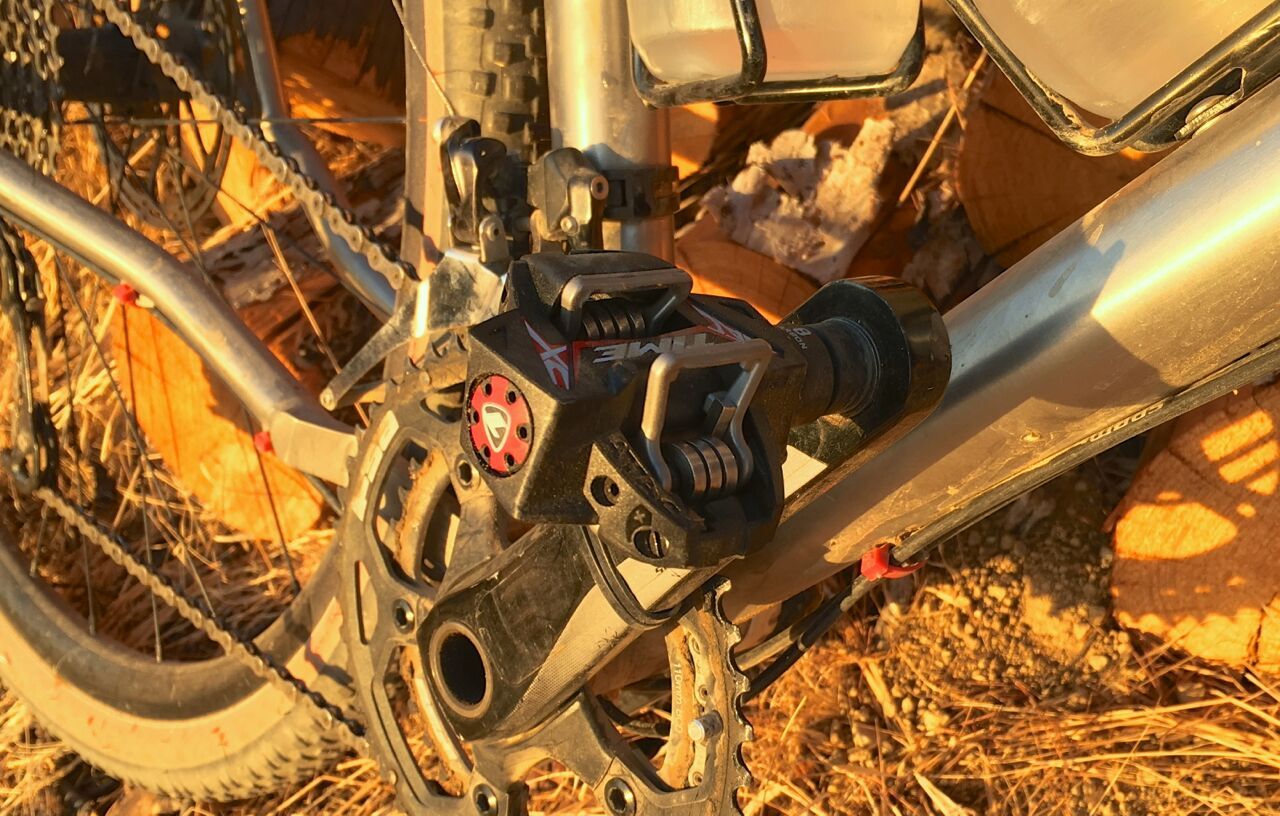

Nice review for a knob pattern that looks a lot like their 26” mountain bike tire from the mid 80’s!
Curious what pressure you were finding was working well, looks like you have them mounted on HED Eroica GP rims which I think are 25mm inner width.
I am Riding lots of fast and sometimes rocky single track in north Scottsdale that will involve a bit of pavement or gravel roads (Brown’s Ranch/McDowell Regional Park). What I have found is that 40mm tires from the Vittoria Terreno Mix and Pirelli Cinturato Gravel M perform well using ~32-35 psi on this terrain. My Bike setup is a Giant TCX with Roval C38s with a 21mm inner width.
Thanks!
@Todd Streiff – yes, you see that correctly, those are HED rims with mm inner rim width. the tires ended up being 44mm wide on these rims for me at pressures from 32psi – 40psi throughout the test period.
Caveat: Pressures depend on load + rider weight + terrain, so that means what I used may or may not mean anything to you.